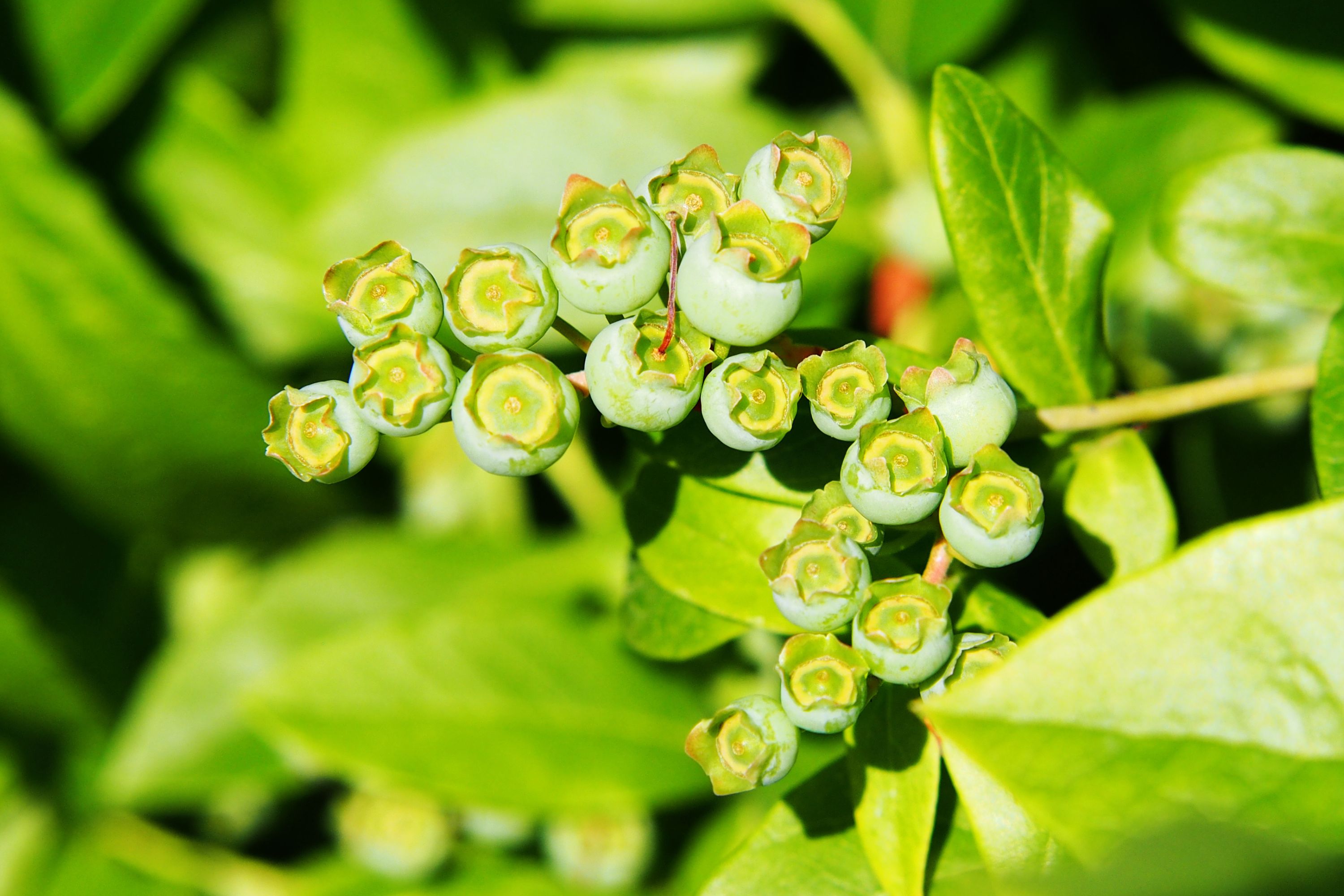Highbush blueberry
(Vaccinium corymbosum)

Description
Vaccinium corymbosum, the northern highbush blueberry, is a North American species of blueberry which has become a food crop of significant economic importance. It is native to eastern Canada and the eastern and southern United States, from Ontario east to Nova Scotia and south as far as Florida and eastern Texas. It is also naturalized in other places: Europe, Japan, New Zealand, the Pacific Northwest of North America, etc. Other common names include blue huckleberry, tall huckleberry, swamp huckleberry, high blueberry, and swamp blueberry. Vaccinium corymbosum is a deciduous shrub growing to 6–12 feet (1.8–3.7 m) tall and wide. It is often found in dense thickets. The dark glossy green leaves are elliptical and up to 2 inches (5 cm) long. In autumn, the leaves turn to a brilliant red, orange, yellow, and/or purple. The flowers are long bell- or urn-shaped white to very light pink, 1⁄3 of an inch (8.5 mm) long. The fruit is a 1⁄4-to-1⁄2-inch (6.4 to 12.7 mm) diameter blue-black berry. This plant is found in wooded or open areas with moist acidic soils. The species is tetraploid and does not self-pollinate.[9] Most cultivars have a chilling requirement greater than 800 hours.
Taxonomic tree:







